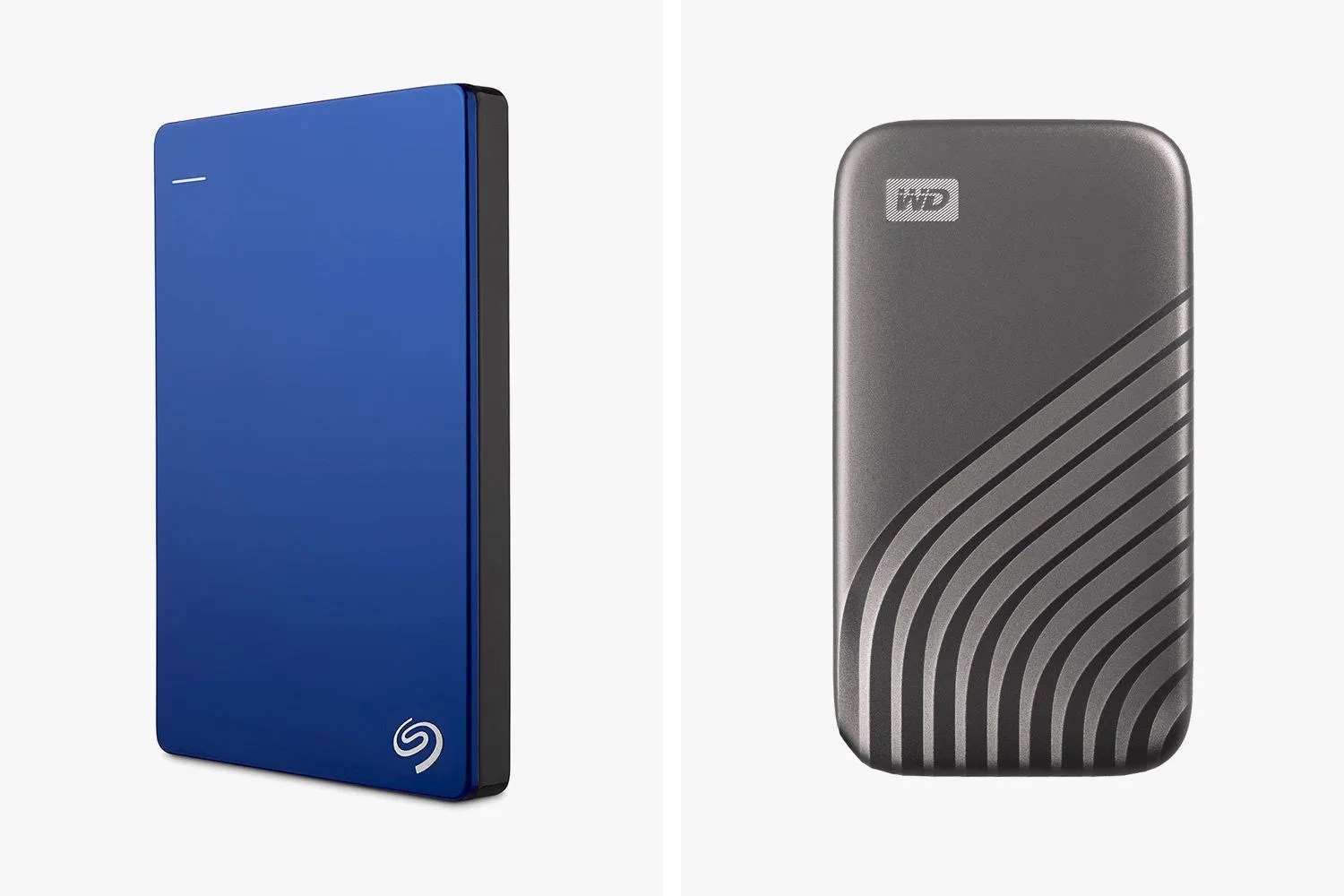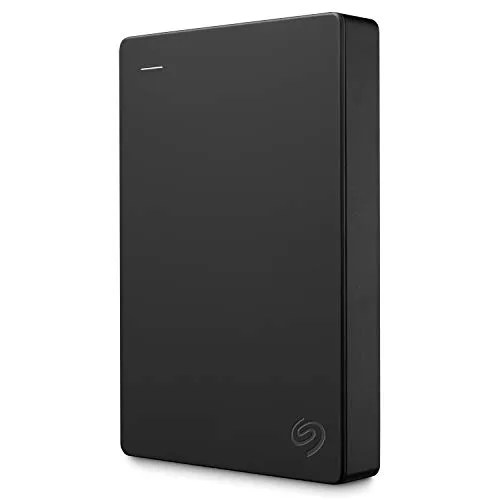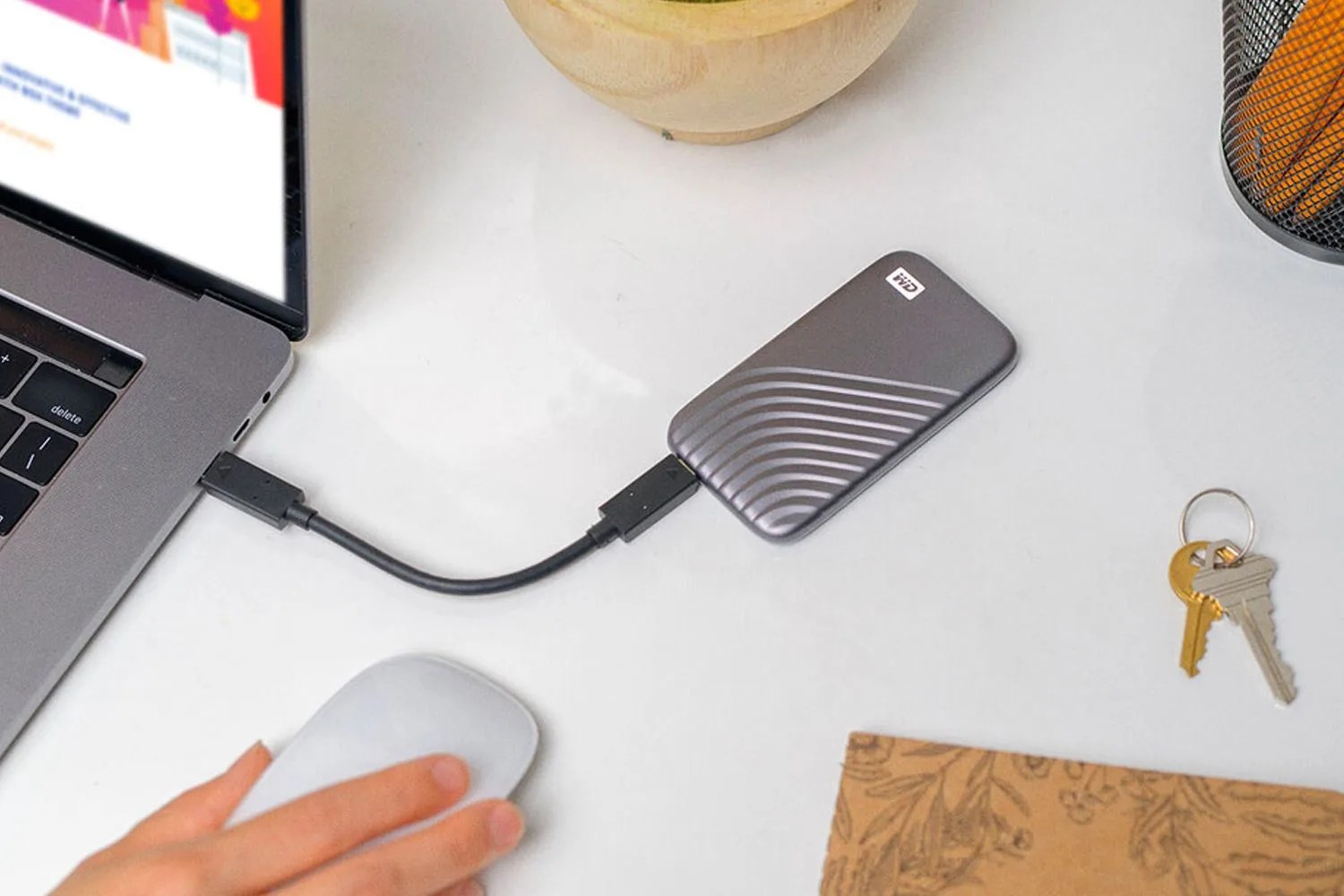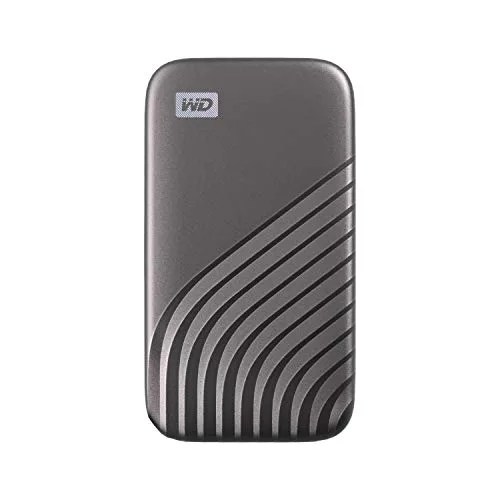In a world of smartphones, tablets, and ultrathin laptops, it’s easy to see and use the terms “hard drive” and “SSD” somewhat interchangeably. After all, virtually all common consumer electronics these rely on Solid State Drives for their on-board memory. But when it comes to external storage, your options are a little broader. Older school hard disk drives (HDDs) are still an excellent option.
I’ve been using two different drives in my daily lineup. One, a Seagate 4TB HDD, and a WD My Passport 1TB SSD, and they both serve different jobs.

So what, exactly, is the difference, and why choose one over the other?
Disk drives have moving parts, SSD’s don’t.
 Amazon
AmazonSeagate Portable 4TB HDD
Disk-based hard drives and SSDs appear pretty similar when you’re looking at a folder on your laptop. You plug one into your device, and it appears as an extra chunk of storage. But the technology underpinning them is wildly different. Disk-based hard drives have actual spinning metal disks which house your data in a series of magnetic bits. To access your data, disk drives have to literally physically “spin up”; the parts of the disks that hold your data need to be spun underneath a tiny stylus that reads them like a record stylus reads grooves into sound.
SDD’s on the other hand, do not require any movement. They are able to store your information in a series of completely immobile chips which can be accessed faster and squeezed into a smaller from. Remember how your old iPod was kind of a clunky boy? That’s because it had a whole-ass disk drive in there. Modern iPhones and thumb sticks and, increasingly, external hard drives, are solid state instead.

